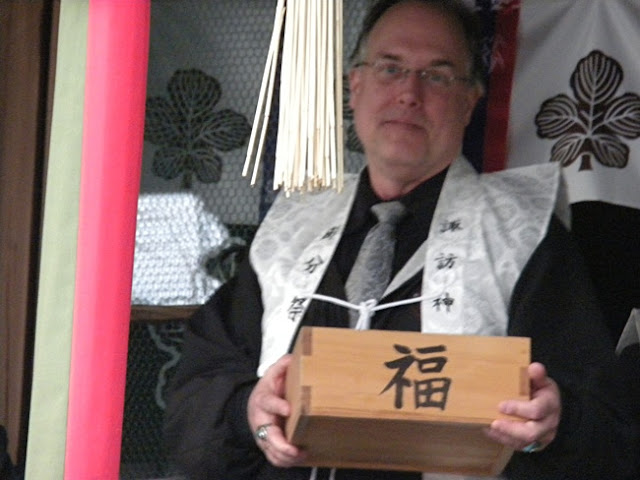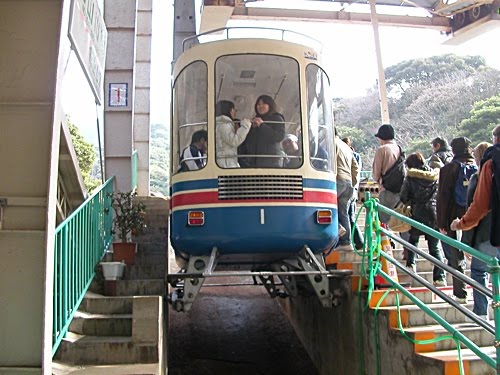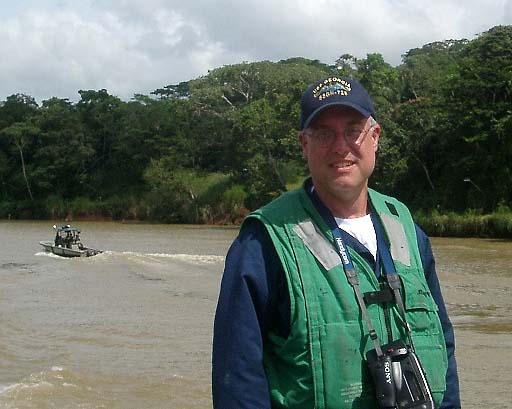The Wandering Gaijin returned home to the USA in the middle of May and was just getting settled into a new, temporary assignment when the order came - Go to the USS George Washington at sea and help fix her. The sea was the Sea of Japan. What we were fixing I will not say.
This is what makes working for the US Navy an adventure. After arriving in Yokosuka and reporting to the PSNS Detachment I settled into my hotel room at the
Mercure and went to visit the fabulous Shie at
Sakato-ya. The next day at lunch I got into a van and was taken to
Atsugi Naval Air Station. After waiting around for a couple of hours I was placed aboard a
Grumman C-2 Greyhound and flown out to the Ship. This is called a
COD - Carrier Onboard Delivery.
This is how we landed;
The idea is that, using a tailhook installed under the aircraft, we catch one of those wires on the deck to stop the plane. If we fail to do that, we will not stop in time. So, we hit the deck at full power so that we can continue off in case we miss a wire. There is no surviving going into the water off of the end of the flight deck in front of the Ship.
We got off in a similar manner. The aircraft is attached to a catapult and it launched off of the flight deck, reaching flight speed in approx. 2 second. This is an intense experience.
It is very loud on the flight deck. This next picture is of me on Vulture's Row on the 09 level. The flight deck is the 04 level, so I am 5 stories above the flight deck. Double hearing protection is required. That is the Navigation Bridge behind me. That is where they drive the Ship.
BTW: The water here is the most beautiful blue sea water I have ever seen. I was all that I could do to prevent myself from diving into it to escape the heat and humidity.
USS George Washington carries four flavors of
F-18,
EA-6B's,
E-2C's, and
helicopters. For details, read about
Carrier Air Wing (CVW) 5. This command includes VRC-30 - the outfit that owns the previously mentioned C-2A Greyhound that flew us out to the Ship.
An EA-6B launch;
And two recoveries, an F-18 and an EA-6B, shot from the 010 level.
No other nation of the planet can do these things. I count it as a huge privilege to have been able to record these.
That's all for now. Part two is coming.
じゃあね



































.jpg)

.jpg)















